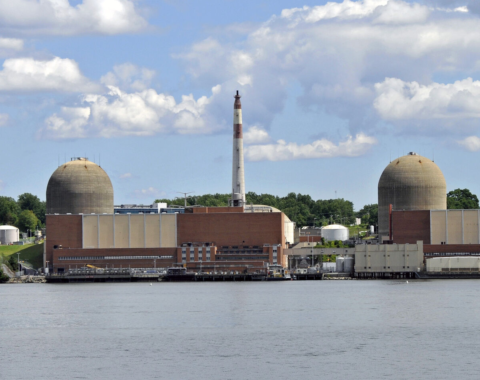If you have been following the developments with batteries, you know there has been no shortage of news – from battery design that could last 100 years to a water-based battery that can be produced at half the cost of the lithium-ion ones. Well, the latest news is that engineers at the University of California, San Diego, have engineered novel energy-packed lithium-ion battery that performs optimally at freezing cold and scorching hot temperatures.
This is important because high-temperature operation is needed in areas where the ambient temperature can reach the triple digits and in electric vehicles, where the battery packs are typically under the floor, close the road that can get even hotter. In addition, batteries warm up during their operation as current runs through them, and if they can’t tolerate this warmup their performance will drop-off dramatically.
The engineering team at UC – San Diego ran tests with their prototype batteries, and they retained 87.5% and 115.9% of their energy capacity at -40° C and 122° F, respectively. Better yet, the prototypes had high Coulombic efficiencies of 98.2% and 98.7% at these temperatures, which means the batteries can undergo more charge and discharge cycles before they cease to function.
However, developing the new batteries was no easy task.
“If you want a battery with high energy density, you typically need to use very harsh, complicated chemistry. High energy means more reactions are happening, which means less stability, more degradation. Making a high-energy battery that is stable is a difficult task itself—trying to do this through a wide temperature range is even more challenging”, explained Zheng Chen, a professor of nanoengineering at UC-San Diego.
In order to bypass these hurdles, the team invented a dibutyl ether electrolyte and engineered the sulfur cathode to be more stable by grafting it to a polymer preventing more sulfur from dissolving into the electrolyte.
The end result was batteries with much longer cycling lives than a typical lithium-sulfur battery. “Our electrolyte helps improve both the cathode side and anode side while providing high conductivity and interfacial stability,” said Chen.
In the future, perhaps this battery design could enable electric vehicles to travel further on a single charge in cold climates while also alleviating the need for cooling systems to keep the vehicles’ battery packs from overheating in hot climates. However, more work is needed, they will need to scale up the battery chemistry, optimize it to work at even higher temperatures, and extend its cycle life.
This engineering study is published in the Proceedings of the National Academy of Sciences (PNAS).



